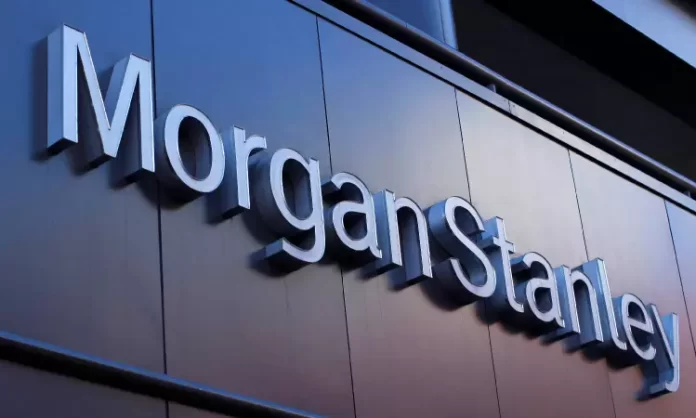According to Morgan Stanley’s report “The Viewpoint: India – Why this feels like 2003-07,” India’s economic growth rate is comparable to that of 2003–07, when growth averaged over 8%. According to Morgan Stanley, capex has become a significant growth driver in India after ten years of investment to GDP steadily declining. The company stated that because “the capex cycle has more room to run, the current expansion closely resembles that of 2003–07.”
The statement continued, “We believe the defining characteristic of the current expansion is the rise in the investment-to-GDP ratio.” It also stated that the cycle is driven by investment outpacing consumption, with public capital expenditure initially leading but private capital expenditure quickly catching up. Similar to this, during the 2003–07 cycle, investment as a percentage of GDP increased from 27% in F2003 (the fiscal year that ended in March 2003) to 39% in F2008, which was almost at its highest point. The proportion of investment to GDP then remained there until 2011, when it reached its peak. After a ten-year decline from 2011 to 2021, the ratio has since increased once more to 34% of GDP, and we anticipate that it will reach 36% of GDP in F2027E.
“However, the initial pick-up in private consumption growth was more modest, averaging just 4.8 per cent in 2003-04,” said the report. It stated, “This has been mainly driven by public capex so far, as the corporate sector has been working through multiple shocks from previous years that have weighed on its ability to invest.” Real GFCF growth in the cycle is holding strong at 10.5% from October to December, remaining above the pre-Covid 2017–18 average of 9.6%.
The corporate profit to GDP ratio has increased “from a trough of 1.1 per cent in F2020 to 5.4 per cent in F2023, early signs of private capex gaining momentum are being seen,” according to the report, which is based on bottom-up company data.




































